Arthritis mutilans
What are Arthritis mutilans?
Arthritis mutilans is an irregular medical disease including severe inflammation impairing the joints of the hands and feet, and resulting in deformation and issues with moving the involved sites; it can also involve the spine. Also called pencil-in-cup deformity, arthritis mutilans is the most extreme form of psoriatic arthritis.
Arthritis mutilans happens in 5 percent of a patient with psoriatic arthritis and involves your fingers and toes.
What are the Causes of Arthritis mutilans?
As a condition of psoriatic arthritis, arthritis mutilans occur when your immune system begins to attack healthy tissue and cells. This results in joint or junction inflammation and the overproduction of skin cells.
It’s unsure why your immune system would unexpectedly attack healthful cells and tissue, but a combination of genetic and environmental elements is probable to play a part. Many patients with psoriatic arthritis have family fellows who have the disease, and a study has displayed that patients with the HLA-B27 or DQB1*02 genes are more probable to develop this disease.
If you have these genes, the following may activate the product of arthritis mutilans:
Something in the environment
Physical trauma
You may also develop psoriatic arthritis if you have psoriasis a skin disease that delivers you patches of red skin with white scales.
Symptoms of Arthritis mutilans
The phrase mutilans is derived from the Latin for “mutilated” or “maimed.” As such, the major symptoms of arthritis mutilans are:
- Joint or junction deformity
- Loss in range of movement (ROM)
- This can interrupt your capability to complete everyday duties such as fastening buttons and opening jars.
Arthritis mutilans may also conduct to “telescoping fingers” in which the connective tissues can no extend asset the joints or junctions, causing them to retract in a heap-like fashion. In some patients, the joints or junctions will fuse a condition directed to as ankylosis causing stiffness and the fixation of the joint or junction.
Arthritis mutilans may also conduct to opera-glass hands in which the connective tissues can no longer help the finger joints or junctions, causing them to retract in a heap-like fashion (telescoping fingers). In some patients, the joints or junctions will fuse a condition referred to as ankylosis causing stiffness and the fixation of the joint or junction. Signs of opera-glass hand contain:
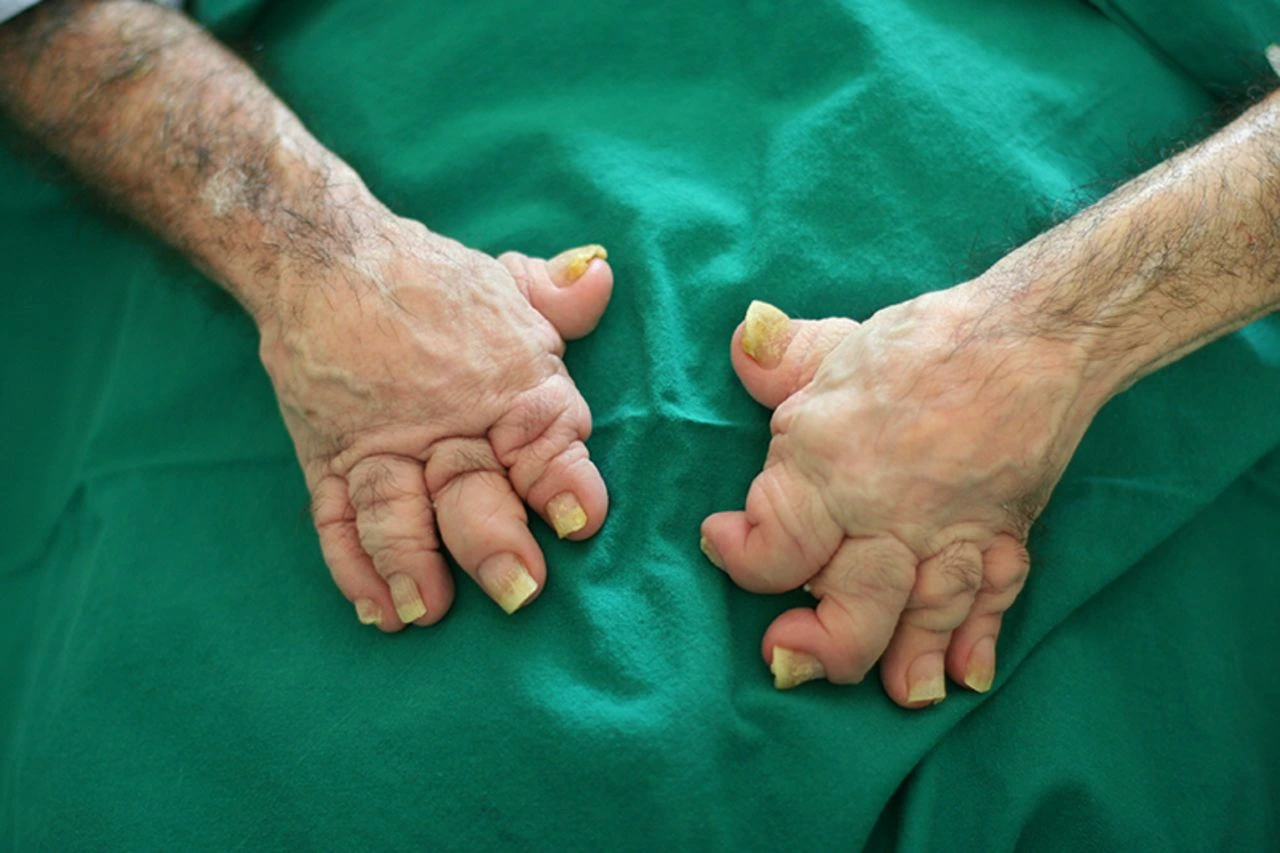
- Fingers that are greatly shortened or stretched
- Wrinkled finger skin, stretched, and shiny-looking
- Others may produce a “pencil-in-cup deformity,” so named because on X-ray pictures the ends of the bones will contract such as the tip of a pencil while the adjacent bone will be sported down into a cup-like figure.
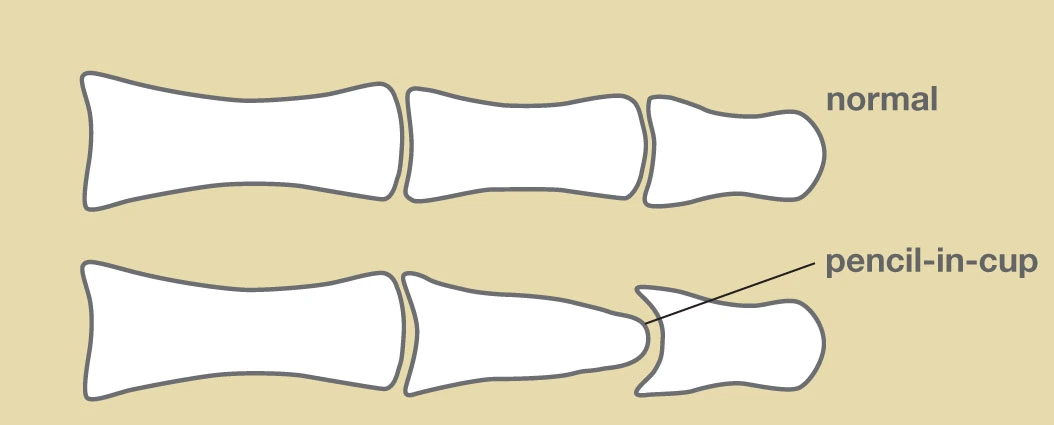
Diagnosis
Doctors or physicians currently use the Classification Criteria for Psoriatic Arthritis (CASPAR) to analyze psoriatic arthritis. Even though psoriatic arthritis is a distinct disease, it’s underdiagnosed due to its broad range of symptoms. It evaluated that more than half of patients with the disease are undiagnosed.
Based on data drawn from 30 rheumatology hospitals in 13 other countries, CASPAR is suggested to be a focus for doctors or physicians to spot psoriatic arthritis before it progresses too far.
To be interpreted with arthritis mutilans, you must have inflammatory arthritis in your:
Joints
Spine
The connective tissue between your bone and ligaments or tendons (enthesis)
A rheumatologist or dermatologist will specify whether you have arthritis mutilans by asking you the subsequent questions. You will be analyzed with the disease if you have three or more topics from the categories below:
- Proof that you currently have psoriasis (2 points)
- Proof that you have a record of psoriasis or a family record of psoriasis (1 point)
- Nail diseases typical of psoriasis, like thickening of the skin under your nails (hyperkeratosis) or unattached nails (onycholysis) (1 point)
- Negative test outcome for rheumatoid factor using any process other than latex (1 point)
- Current swelling of an absolute toe or finger (dactylitis) or a record of dactylitis (1 point)
- X-ray proof indicating new bone growth near a joint or junction(1 point)
You have mild or severe arthritis mutilans if you have:
At least three aching and swollen joints or junctions for more than six months
Psoriatic skin lesions
A record of psoriasis
Treatment of Arthritis mutilans
The purpose of treating arthritis mutilans is to:
- Relieve pain
- Preserve joint or junction structure
- Control bone deterioration
- Enhance your capability to move your hands and feet
- Patients with arthritis mutilans will also be given psychological counseling and physiotherapy.
Medical treatment
Non-steroidal anti-inflammatory medications. Doctors or physicians will generally prescribe non-steroidal anti-inflammatory medications (NSAIDs) to manage milder forms of arthritis mutilans.
Disease-modifying antirheumatic drugs. These medications, called DMARDs, contain cyclosporine, methotrexate, leflunomide, and others.
A weekly dose of methotrexate is generally useful in managing your pencil-in-cup deformity, but therapy relies on the severity of your situation and your medical record. Yet, methotrexate may cause liver injury if utilized with NSAIDs.
Cyclosporine is another familiar medicine used to manage arthritis mutilans. Its more useful when operated with adalimumab, an anti-tumor necrosis element agent.
Anti-tumor necrosis factor agents. This form of therapy is for a patient with moderate to severe arthritis mutilans who have had an intolerance to NSAIDs or DMARDs for more than three months.
Surgery. This is the least familiar form of therapy for arthritis mutilans. One analysis found that only 7 percent of a patient with psoriatic arthritis required surgery.
Physiotherapy treatment
Regular activity can relieve pain and enhance physical function, muscle strength, and quality of life for a patient with arthritis, and it is strongly suggested for a patient who has arthritis. While it can be hard to be motivated to activity when you are having symptoms like aches or fatigue, selecting the right activity that you also enjoy can make a big difference in your quality of life.
Consuming a nutritious diet is essential for keeping an ideal weight and for bone health. No known diet can cure arthritis, so you can begin by following the basics of healthy eating; you may also help by containing anti-inflammatory foods.
Decreasing pressure may also assist calm the ache and stiffness associated with arthritis. Being under pressure can worsen your pain perception. An analysis also discovered that psychological pressure was associated with flares and relapse in patients with rheumatoid arthritis.
Home remedies to manage aches and immobility can assist you to maintain them from interrupting daily living. You can try tactics like cryotherapy (cold packs), heat treatment or warm water treatment (particularly for immobility), or self-massage. Beware of residents’ remedies.
Assistive appliances can assist save your joints or junctions and make it more relaxing for you to go about your day. Look into walkers, canes, grabbers, extended toilet seats, and further useful gadgets.
FAQ
Why is it called opera glass hands?
“Opera glass hands” is a physical result noticed as severe rheumatoid or psoriatic arthritis. With vast destruction of the interphalangeal joints or junctions and resorption of bone, dragging on the affected fingers during the test will generate the digits to lengthen, corresponding to the opening of opera glasses.
Does arthritis shorten fingers?
Arthritis mutilans happens in 5 percent of a patient with psoriatic arthritis and involves your fingers and toes. If you have this disease, your fingers and toes will evolve shorter due to bone regression.
What is a good breakfast for arthritis?
Hot and cold cereals are good choices. They are fast ways to get a serving of fiber-full whole seeds that can assist to decrease inflammation. While oatmeal may be your go-to seed, there are several nutritious bowls of cereal created from corn, quinoa, brown rice, buckwheat, hemp, and Kamut.
Is arthritis a lifetime disease?
Rheumatoid arthritis is a lifelong condition. When it’s regaled, it may go out for a short while, but it generally comes back. It’s essential to see your doctor or physician as soon as symptoms start. The earlier you start therapy, the better your result.
What vitamin helps arthritis in fingers?
Vitamin D. If you have arthritis aches or are at increased risk for arthritis, your doctor or physician may suggest a vitamin D supplement. (I choose vitamin D3.) A blood examination can specify whether you have a vitamin D insufficiency.

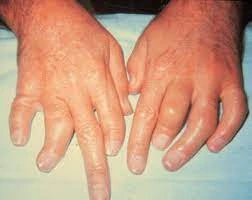
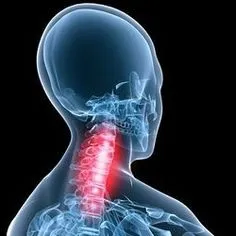
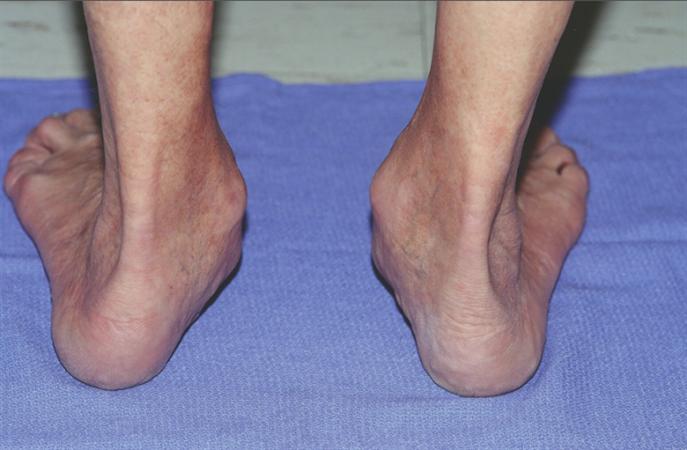

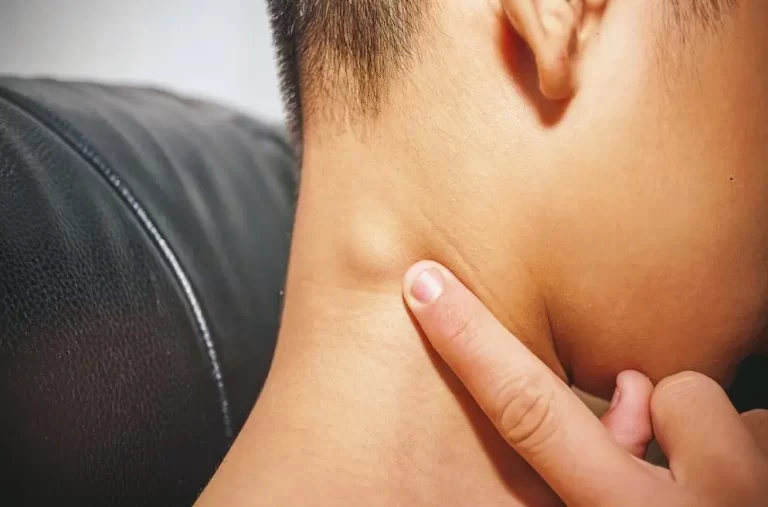
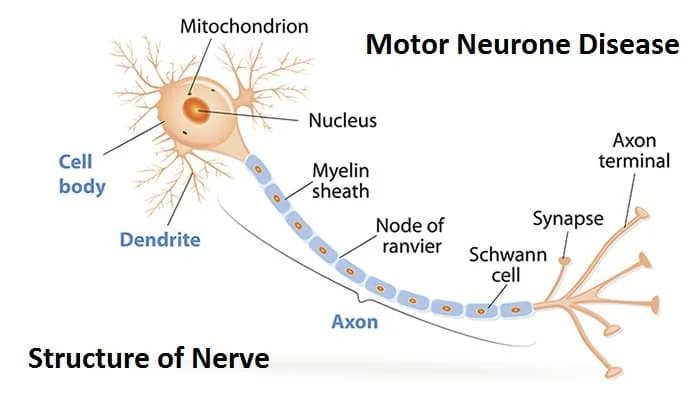
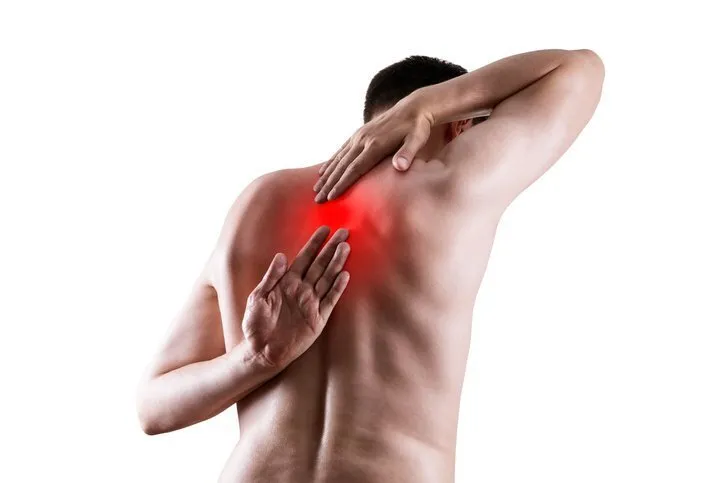
One Comment